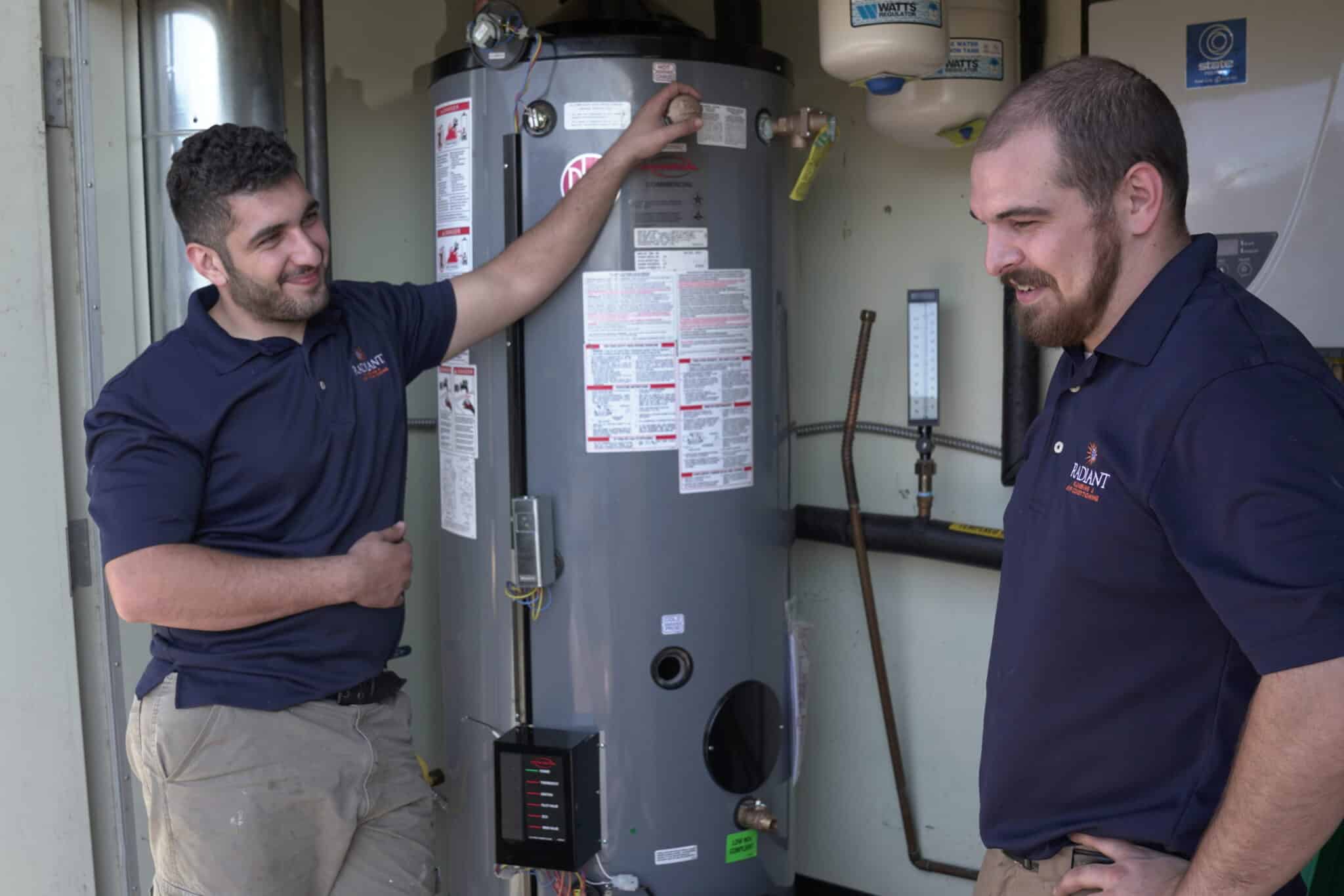Expert Advice on Caring for Your Home's Hot Water SystemCaring for Your Home's Hot Water System: Essential TipsSteps on How to Maintain Your Home's Hot Water System Properly
Expert Advice on Caring for Your Home's Hot Water SystemCaring for Your Home's Hot Water System: Essential TipsSteps on How to Maintain Your Home's Hot Water System Properly
Blog Article
They are making several great points regarding How to Maintain Your Water Heater & Prolong its Life as a whole in this content down below.

Hot water is necessary for daily comfort, whether it's for a revitalizing shower or washing meals. To guarantee your warm water system runs efficiently and lasts longer, routine upkeep is vital. This short article supplies practical ideas and understandings on exactly how to keep your home's hot water system to prevent disturbances and costly repair work.
Intro
Keeping your home's warm water system might seem complicated, yet with a couple of simple steps, you can ensure it operates smoothly for years to find. This guide covers whatever from comprehending your hot water system to DIY maintenance ideas and understanding when to employ specialist aid.
Value of Keeping Your Warm Water System
Routine upkeep not just prolongs the life expectancy of your hot water system but also ensures it runs efficiently. Overlooking maintenance can result in decreased efficiency, higher energy costs, and even premature failure of the system.
Indicators Your Warm Water System Demands Upkeep
Recognizing when your warm water system requires focus can protect against significant concerns. Watch out for indications such as inconsistent water temperature, weird sounds from the heating system, or rustic water.
Flushing the Water Heater
Purging your hot water heater gets rid of debris accumulation, enhancing efficiency and lengthening its life.
Monitoring and Replacing Anode Rods
Anode rods protect against corrosion inside the storage tank. Examining and replacing them when broken is essential.
Complex Concerns Needing Expert Assistance
Examples consist of significant leakages, electrical issues, or if your hot water heater is continually underperforming.
Routine Expert Maintenance Benefits
Expert maintenance can include comprehensive inspections, tune-ups, and guaranteeing compliance with safety and security criteria.
Inspecting and Adjusting Temperature Level Setups
Changing the temperature level setups makes sure optimum efficiency and safety.
DIY Tips for Upkeep
You can execute several maintenance tasks on your own to maintain your warm water system in leading problem.
Looking for Leaks
Frequently inspect pipes and links for leaks, as these can bring about water damages and greater bills.
Understanding Your Warm Water System
Before diving right into upkeep tasks, it's useful to recognize the fundamental elements of your warm water system. Usually, this consists of the water heater itself, pipes, anode poles, and temperature level controls.
Monthly Maintenance Tasks
Normal monthly checks can help capture minor issues prior to they intensify.
Examining Pressure Relief Valves
Checking the stress safety valve ensures it works properly and avoids excessive stress build-up.
Protecting Pipelines
Shielding warm water pipes minimizes warmth loss and can conserve power.
When to Call an Expert
While DIY upkeep is helpful, some concerns call for professional expertise.
Conclusion
Routine maintenance of your home's hot water system is necessary for performance, long life, and price savings. By following these suggestions and understanding when to seek expert assistance, you can make sure a trusted supply of warm water without unforeseen interruptions.
How to Maintain an Instant Hot Water Heater
Before tinkering with your hot water heater, make sure that it’s not powered on. You also have to turn off the main circuit breaker and shut off the main gas line to prevent accidents. Also turn off the water valves connected to your unit to prevent water from flowing into and out of the appliance. 2. When you’re done, you have to detach the purge valves’ caps. These look like the letter “T” and are situated on either side of the water valves. Doing so will release any pressure that has accumulated inside the valves while at the same time avoid hot water from shooting out and burning your skin. 3. When the purge valves’ caps are removed, you have to connect your hosing lines to the valves. Your unit should have come with three hoses but if it didn’t, you can purchase these things from any hardware or home repair shops. You can also get them from retail stores that sell water heating systems. Read the user’s manual and follow it to complete this task properly. When the hosing lines are connected, open the purge port’s valves. 4. You should never use harsh chemical cleaners or solutions when cleaning your unit. Make use of white vinegar instead. It should be undiluted and you’ll probably use about 2 gallons. 5. Now flush your water heater. This task should probably take about 40 minutes. We can’t give you specific directions for this because the procedure is carried out depending on the type, model and brand of your heater. With that being said, refer to the user’s manual. 6. When you’re done draining the unit, you have to turn off the purge port valves again. Remove the hosing lines that you earlier installed on each of the water valves. Put the valve caps (purge port) back in their respective places and be very careful so as not to damage the rubber discs that are found inside these caps. 7. Now that everything’s back in place, check your user’s manual again to find out how to reactivate your water heating system. 8. Once it is working, turn one of your hot water faucets on just to let air pass through the heater’s water supply pipes. Leave the tap on until water flows smoothly out of it. https://www.orrplumbing.com/blog/2014/september/how-to-maintain-an-instant-hot-water-heater/

As a reader on Tips For Maintaining Your Hot Water Heater, I think sharing that segment was worth the trouble. You should take the opportunity to share this entry if you liked it. We cherish your readership.
Source This Article Report this page